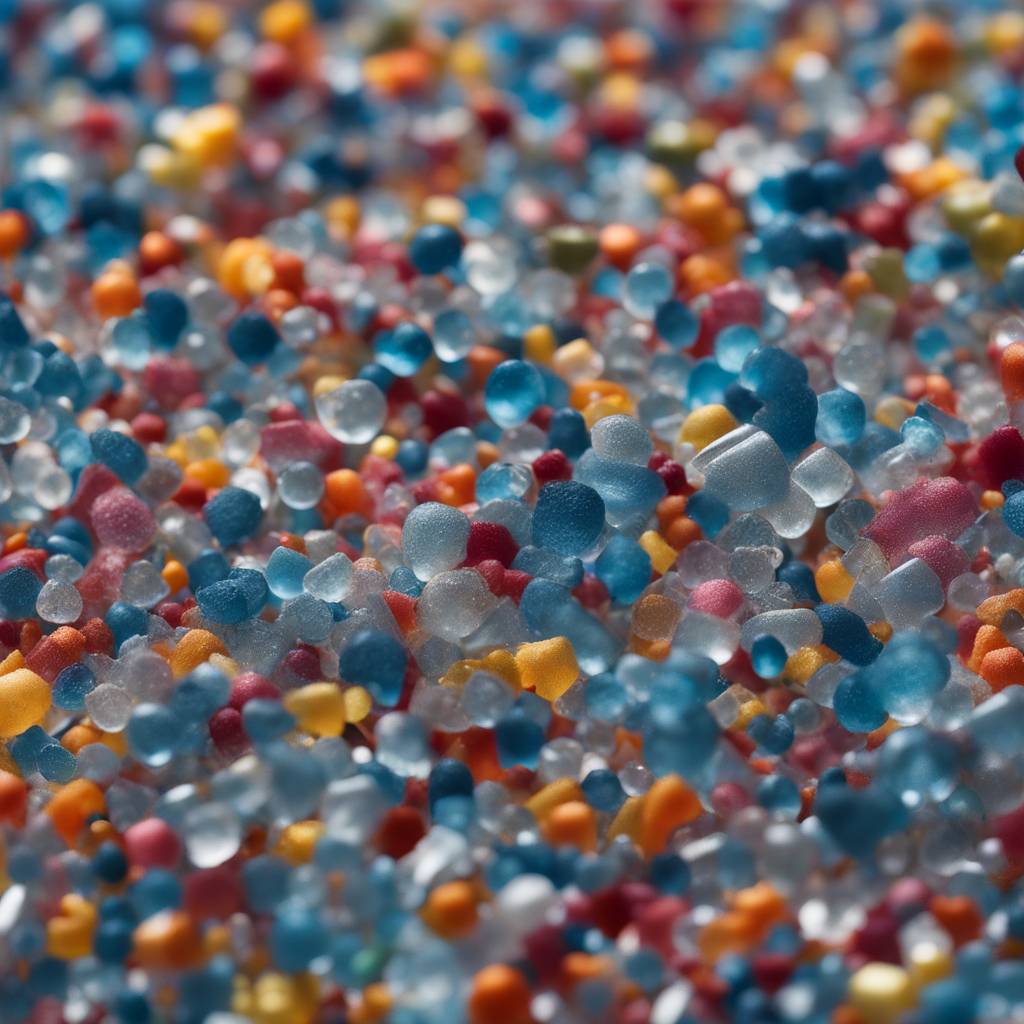Researchers from the University of Basel and the Alfred-Wegener Institute (AWI) conducted a study on microplastics in the remote Weddell Sea during an expedition in spring 2021. They found that environmental pollution from these tiny plastic particles is a bigger problem in the region than previously known. The study focused on particles measuring between 11 and 500 micrometers in size, which had not been collected in previous studies. The results showed higher concentrations of microplastics in all 17 seawater samples analyzed, indicating that pollution in the Antarctic Ocean goes beyond what was reported in past studies.
Ocean currents may play a role in the distribution of microplastics in the Weddell Sea. Samples collected offshore contained the highest concentrations, suggesting that ice formation near the coast may retain plastic particles that are released back into the water when the ice melts. Additionally, ocean currents might act as a barrier, reducing water exchange between the north and south. The researchers have only examined surface water samples so far and have not collected data from lower depths due to limitations in sampling time and equipment. Analyzing deep currents could provide valuable insights into the circulation of microplastics in the region.
It is still unclear how microplastics reach the Weddell Sea and whether they leave the region. The strong Antarctic Circumpolar Current may prevent their departure, and the origin of the microplastics is still unknown. Possible sources include regional ship traffic from tourism, fishing, and research industries, as well as research stations on land. Microplastics could also enter Antarctica from other regions through ocean currents or atmospheric transport. Further research is needed to understand the full extent of microplastic pollution in the region.
Clara Leistenschneider, the lead author of the study, plans to analyze sediment samples collected during the expedition to understand how microplastics are accumulating on the sea floor. This information is crucial for protecting unique and sensitive organisms in the region. With the increase in tourism in the Antarctic Ocean, pollution may worsen in the future, affecting the environment and the food chain. Despite the challenges, increased research on microplastics has raised awareness of the issue and prompted stakeholders worldwide to develop innovative solutions to reduce plastic pollution.
While there may not be a simple solution to the problem of microplastics in the Antarctic Ocean, every individual can contribute to positive change by engaging in environmentally-conscious behavior. By working together to better understand the sources and impacts of microplastics, researchers, policymakers, and the public can take steps to mitigate their effects on the environment and living organisms in the region. Continued research and efforts to reduce plastic pollution are essential to protect the delicate ecosystems of Antarctica and ensure a sustainable future for the Weddell Sea.













